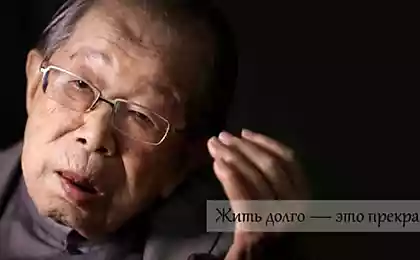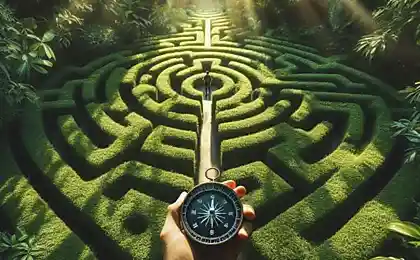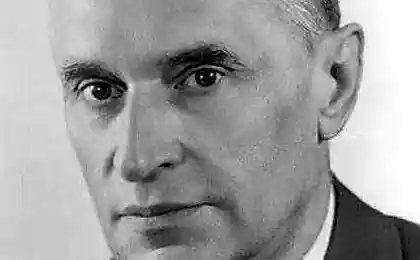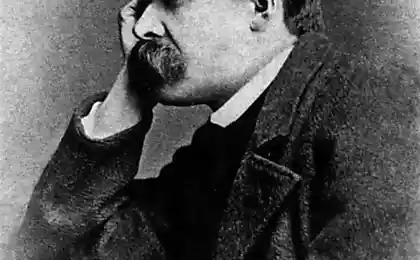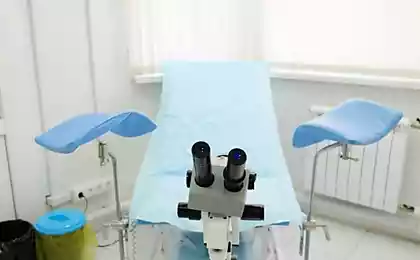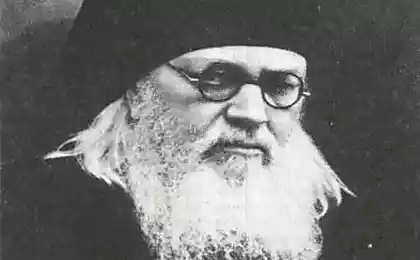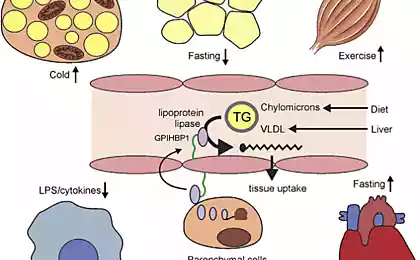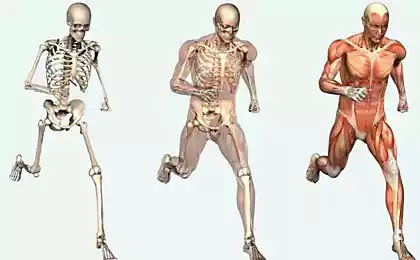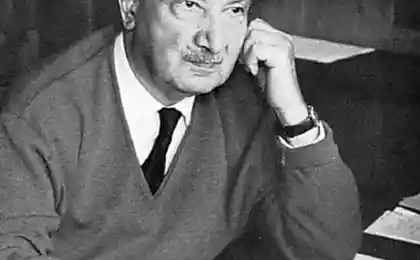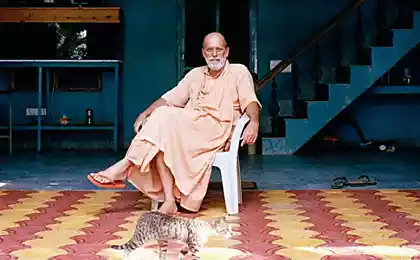110
Dr. Hinohara's Secrets of Longevity: How to Live to 105 with a Clear Mind
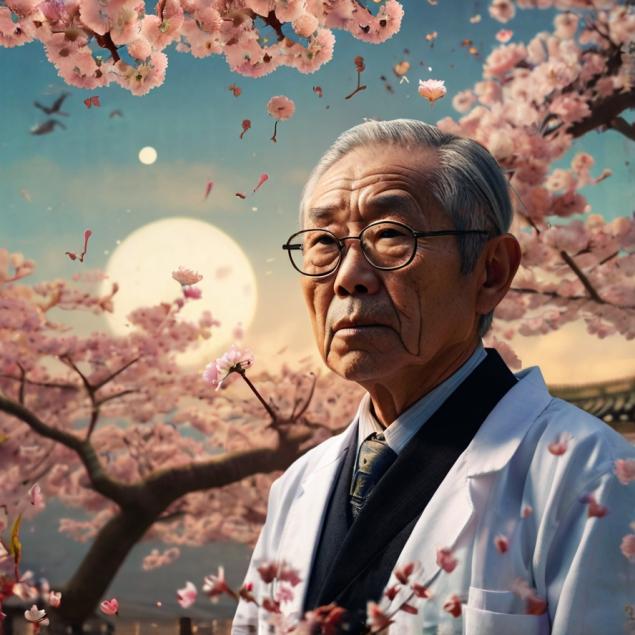
We die when we sit in front of the TV. We are all born to be happy. Don’t waste your life on anxiety and fear.
These words belong to a man who not only talked about longevity, but brought it to life every day for more than a century. Shigeaki Hinohara lived for 105 years, remaining an active doctor, researcher and public figure until his last days. His approach to life and health has dramatically changed medicine in Japan and could change your life.
A revolutionary in a white coat
Shigeaki Hinohara was born in 1911 and found an era when the average life expectancy of the Japanese did not exceed 50 years. Not only did he witness the increase to 84, but he was one of the main architects of the phenomenon. While working at St. Luke's Hospital in Tokyo, he implemented a comprehensive preventive screening system that became a model for the world.
84
Average life expectancy in Japan today
But what's really striking about Dr. Hinohara's story is not just his longevity, but the quality of that long life. At 100, he continued to receive patients, at 103 he wrote a book, and two months before his death gave his last lecture. His secret was not genetics or special drugs, but a philosophy of life that is accessible to everyone.
Movement as the basis of life
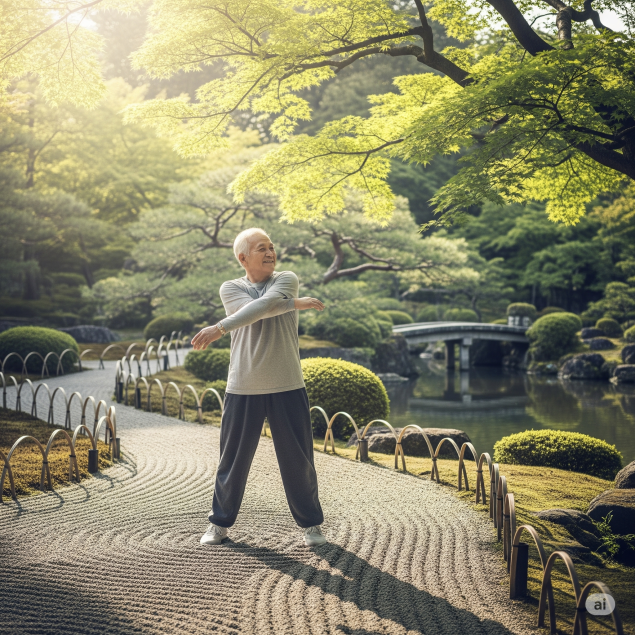
The first and most important principle of longevity according to Hinohara is constant movement. But not exhausting workouts, but natural activity built into everyday life. The doctor never used an elevator, preferring to climb stairs, always walked whenever possible, and practiced simple exercises.
Studies show that people who spend more than 6 hours a day watching TV live an average of 5 years less than those who limit watching to two hours. Hinohara intuitively understood this connection long before the scientific evidence.
Practical recommendations for activity
Dr. Hinohara's daily habits:
- Climbing stairs instead of an elevator is cardio training and strengthening the leg muscles
- Walk for at least 30 minutes a day, preferably in a park or green area
- Simple stretching exercises in the morning and evening
- Avoiding prolonged sitting – a small warm-up every 30 minutes
- Active hobbies: gardening, dancing, playing musical instruments
Nutrition as medicine
Hinohara's approach to nutrition was revolutionary for its time. He practiced what is now called interval fasting long before it became a trend. His day began with a light breakfast - coffee, juice and milk. Lunch was often missed if the doctor was busy with work, and the main meal was in the evening.
I never eat until I'm full. I always get up from the table with a slight feeling of hunger. This keeps the brain active.
Modern research confirms the wisdom of this approach. Calorie restriction and periodic fasting activate the protective mechanisms of cells, stimulate autophagy - the process of self-purification of the body, and promote longevity.
Nutrition Principles for Longevity
What Dr. Hinohara included in his diet:
- Many vegetables and fruits – sources of antioxidants and vitamins
- Fish and seafood – omega-3 fatty acids for brain health
- Minimum processed foods and sugar
- Green tea – polyphenols protect against aging
- Moderate amounts of rice and cereals
- The principle of hara hachi bu is up to 80% saturation.
Positive thinking and purpose in life
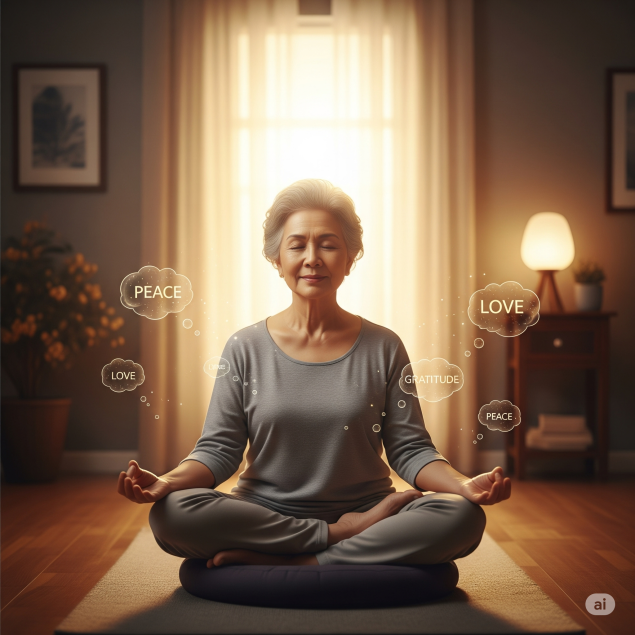
Hinohara believed that emotional and spiritual health was just as important as physical health. He emphasized the importance of having a purpose in life—what the Japanese call ikigai. Even at 105, he had plans for the future, new projects and dreams.
People with a strong sense of purpose live an average of 7 years longer than those without clear life reference points. This has been confirmed by numerous studies, including the famous Okinawa centenarian study.
Dr. Hinohara believed that stress and negative emotions are the main enemies of longevity. He developed his own stress management system based on accepting what can’t be changed and taking active action on what can be controlled.
Mental health strategies
How to maintain a positive attitude:
- Daily meditation or prayer – 10-15 minutes of silence and meditation
- Keeping a Gratitude Diary – Record 3 Good Events of the Day
- Talking to people of different generations stimulates the brain
- Continuous learning – languages, skills, hobbies
- Helping Others – Volunteering Gives Meaning to Life
- Accepting change as a natural part of life
Daytime and quality of sleep
Hinohara adhered to a strict regime, not because of his toughness of character, but because he understood the importance of circadian rhythms for health. He went to bed at 22:00 and woke up at 5:00 in the morning, getting a full 7 hours of sleep. The morning began with reading, thinking and planning.
7
Sleeping hours daily – optimal duration for longevity
Modern research shows that people who sleep less than 6 or more than 9 hours a night have an increased risk of cardiovascular disease and premature death. Hinohara intuitively found a middle ground.
Social relations and relationships
Dr. Hinohara was convinced that loneliness kills faster than many diseases. He maintained warm relationships with colleagues, patients, students and family members. Even in old age, he continued to lecture, meet people and share his experiences.
The doctor treats not only with drugs, but also with his presence, attention and care. Human heat is the most powerful medicine.
Studies confirm that people with strong social ties live 50% longer than those who experience social isolation. The effect is comparable to quitting smoking and exceeds the impact of obesity and lack of physical activity.
Prevention as the basis of medicine
Hinohara was a pioneer of preventive medicine. He realized that it was easier to prevent the disease than to treat it. Under his leadership, the first comprehensive medical examination system in Japan was established at St. Luke's Hospital.
Due to the introduction of regular preventive check-ups, cancer deaths in Japan have decreased by 40% and cardiovascular deaths by 60% over the past 50 years.
Modern approach to prevention
Mandatory age surveys:
- After 40 years - annual general blood test, biochemistry, ECG
- After 50 years - add organ ultrasound, mammography for women
- After 60 years - colonoscopy, bone densitometry
- Regular dental checkups every 6 months
- Controlling blood pressure and blood sugar levels
Dr. Hinohara's Legacy
Shigeaki Hinohara proved that longevity is not a gene lottery, but the result of conscious choices and everyday habits. His philosophy is simple: movement, moderation in eating, positive thinking, quality sleep, strong relationships and regular prevention. These principles are available to everyone, regardless of age, social status or genetic predisposition.
Dr. Hinohara’s main lesson is that aging is not a sentence, but an opportunity. The opportunity to accumulate wisdom, share experiences, enjoy the fruits of your labor and continue to grow as a person. As he said, “Don’t count the years, count the achievements and the joys.”
Glossary
Autophagy is the process of self-cleaning cells in which damaged cell components are recycled and reused.
Ikigai is a Japanese philosophical concept that means “the meaning of life” or “that for which it is worth waking up in the morning.”
Interval fasting is a food system in which periods of eating alternate with periods of abstinence from eating.
Circadian rhythms are the body’s internal biological clock that regulates the sleep-wake cycle.
Hara hachi bu is a Japanese dietary principle meaning “eat up to 80% satiety.”
Preventive medicine is a branch of medicine that focuses on preventing diseases rather than treating them.
Polyphenols are natural antioxidants found in plants that protect cells from damage.
Densitometry is a method of studying bone density for the diagnosis of osteoporosis.
How to go against the opinion of loved ones when making an important decision and not spoil the relationship with them
How to use NLP for manipulation. We study so we don't get caught.




